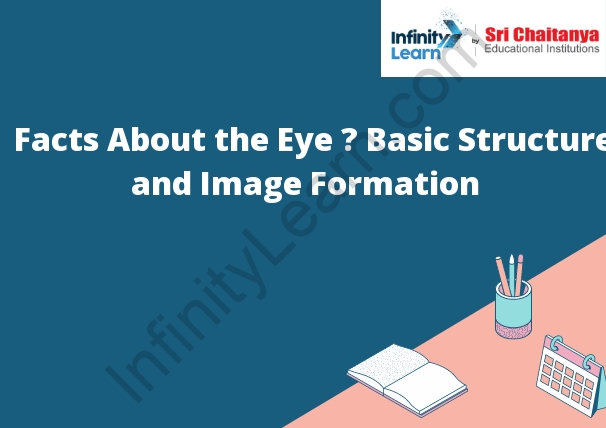Table of Contents
Facts about the eye
The eye is an organ of the body which helps us to see. It is made up of different parts including the cornea, iris, pupil, lens, and retina. The cornea is the clear part of the eye and the iris is the coloured part. The pupil is the black part and the lens is behind the pupil. The retina is the back of the eye and it has different parts including the macula and the optic nerve. The macula is the part of the retina which is responsible for our central vision and the optic nerve is the part which takes the image from the retina to the brain.

How is the Image of an Object Formed by an Eye?
To answer this question, it is important to understand how the eye works. The eye is made up of a lens, cornea, and retina. The lens is a clear, curved piece of tissue that sits just in front of the pupil. The cornea is the clear, dome-shaped surface that covers the front of the eye. The retina is a thin layer of tissue that lines the back of the eye. The retina contains millions of tiny light-sensitive cells called rods and cones. When light shines on the retina, the rods and cones convert the light into electrical signals that are sent to the brain. The brain interprets these signals and creates the image of the object.
Facts About the Eye
The human eye is an organ that detects light and turn it into electrical signals that the brain can understand. The eye is made up of many different parts, including the cornea, iris, pupil, lens, and retina. The cornea is the clear part of the eye that covers the iris and pupil. The iris is the colored part of the eye that surrounds the pupil. The pupil is the black part of the eye that lets in light. The lens is a clear, curved structure that helps focus light onto the retina. The retina is a thin layer of cells that line the back of the eye. It converts the light signals into electrical signals that the brain can understand.







